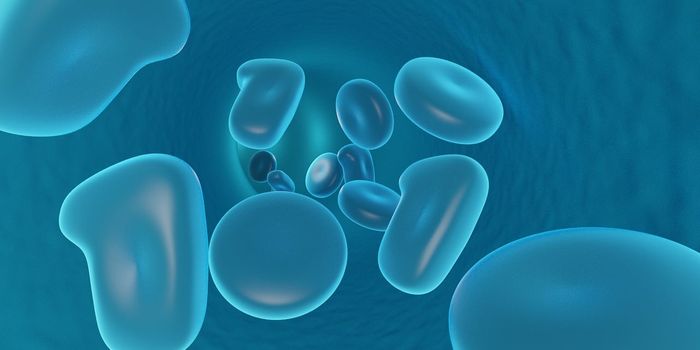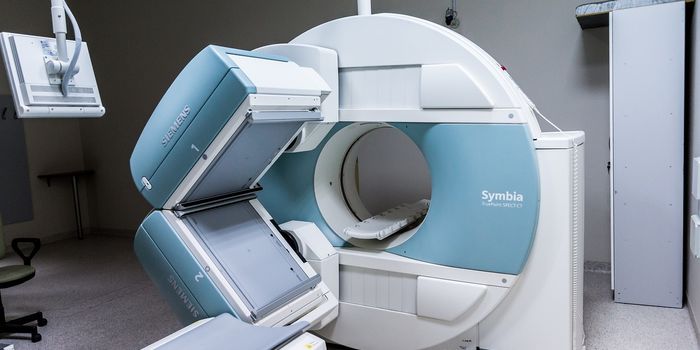New AI Tool Finds Previously Undetectable Brain Cancer Cells
Glioma, tumors that form in the glial cells of the brain and spinal cord, can present as benign (non-cancerous) or malignant (cancerous). Glial cells support the normal functions of nerve cells throughout the central nervous system; therefore, even benign gliomas can have serious adverse effects.
Standard treatment for glioma includes surgical resection of the tumor. During resection, surgeons monitor tumor infiltration in an attempt to remove as much tumor as possible while minimizing impact on healthy brain tissue. When tumor cells remain after surgery, the odds of recurrence increase drastically. A unique challenge to glioma resection surgery centers around removing all tumor cells that the surgeon can safely access. Unfortunately, a majority of patients still have safely resectable tumor cells following surgery.
To address this clinical challenge, a team of researchers set out to develop an artificial intelligence (AI) model to detect the infiltration of glioma cells in fresh surgical tissue. The authors recently published the results of this endeavor, “FastGlioma,” in Nature.
The development of FastGlioma involved the use of about four million images obtained from optical microscopy of over 11,000 tumor specimens. The researchers 'trained' their model by exposing it to a large number of these images, teaching it to distinguish between tumor and healthy tissue. This process, known as self-supervised training, involved the model making predictions and receiving feedback on its accuracy, allowing it to learn and improve over time. After fine-tuning the AI system, the researchers demonstrated that FastGlioma can accurately identify the degree of tumor infiltration within images.
To test their technology, the researchers ran a multi-center, international prospective cohort study including over 200 patients with glioma. Employing a technique called stimulated Raman histology (SRH) which allows rapid visualization at the bedside. FastGlioma detected and quantified the extent of tumor infiltration, allowing surgeons to remove more tumor cells safely. As a result, tumor cells that could promote recurrence remained in less than 4% of patients whose surgeons used the FastGlioma tool. Comparatively, nearly 25% of patients undergoing surgery without the FastGlioma tool had residual tumor tissue following resection.
FastGlioma presents a novel AI-driven tool that holds the potential to significantly improve the outcomes of brain cancer surgeries. By guiding optimal resection of tumor tissue, FastGlioma has the potential to increase patients' chances of positive, durable outcomes. Such progress could have significant impact on survivorship and quality of life for brain cancer survivors.
Sources: J Clin Oncol, Sci Rep, Nature









